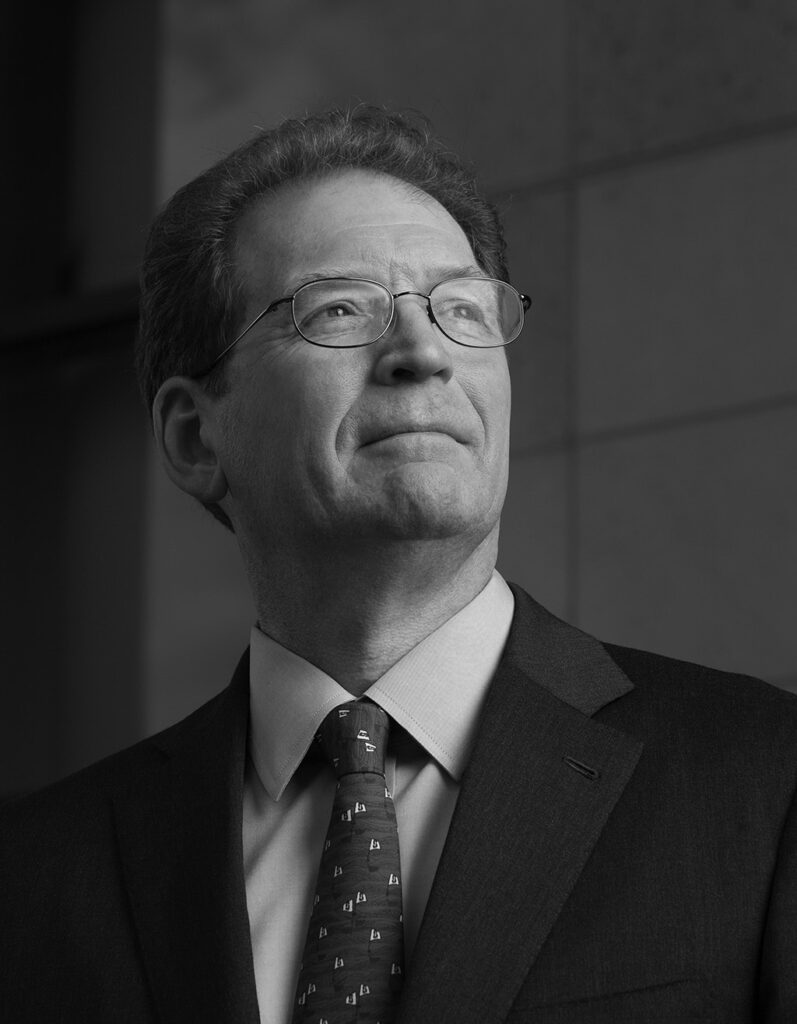Turning to science to counter climate threats
Physicians and scientists have a history of not flinching in a crisis; daunting climate-related health challenges won’t alter that
Letter from the Dean
With every passing day, we see
frightening new examples of climate extremes impacting public health.
Uncontrollable wildfires now persistently threaten the western United States. Chronic exposure to their smoke increases rates of asthma and pneumonia while exacerbating the risk for lung cancer, stroke, cognitive decline and premature birth. The young and the elderly are hit hardest. Nursing homes struggle to protect their residents. Schools shut down or keep students inside.

(Photo by Glenn Matsumura)
This past winter, communities up and down the West Coast experienced a jarring ricochet as the drought gave way to a deluge of rain. Wave after wave of atmospheric rivers battered California — inundating entire towns, flooding vital farmland and paralyzing mountain communities under multiple feet of snow. This misfortune is a microcosm of a worldwide environmental crisis.
The sheer scope of climate change is daunting but, as physicians and scientists, we do not shy from big challenges. Look no further than early 2020, when a mystery virus raced around the world, and the biomedical community ran toward the crisis to provide vital patient care and research this new threat.
History is full of similar stories — from the development of life-saving cancer treatments to incredible advances in organ transplantation — that are marked by the relentless determination of scientists laboring for years before achieving success. When Dr. Norman Shumway and his Stanford team transplanted the first human heart in the United States in 1968, it was a landmark moment — and the first step on a long road. After the surgery, Dr. Shumway said, “Our work is just beginning.”
Indeed, despite their success, they faced formidable hurdles. It would take another decade, with the advent of more effective immunosuppressive drugs, before organ transplantation success rates would climb significantly. Even today, Stanford Medicine researchers continue to investigate and improve transplantation science, unfazed by the magnitude and complexity of their work.
This issue of Stanford Medicine magazine illustrates how scientists go about tackling challenges that seem so intractable they’re called “wicked” problems. In story after story, you’ll see how Stanford Medicine physicians and researchers carve off a piece of the problem. They identify actionable targets. They gather data, analyze, test. They try again. And again.
The gamut of projects covered in this issue is remarkable, ranging from water safety and dust mitigation to greener, healthier housing materials and sustainable operating rooms. Here is how our Stanford Medicine community is improving human health right now while advancing our ability to address future threats. Here is what’s possible when we engage the expertise and brilliance across our campus, health systems and local communities. Here are reasons for hope in the face of daunting challenges.
I am extremely proud of how Stanford Medicine students, physicians and researchers are rising to meet the array of challenges associated with climate change. I’m also mindful that we aren’t alone in this task. We are one node of a potent global network of academic medical centers, industry labs and government institutes that are working toward the same goal.
This is science in action — and if you’re like me, you will find it incredibly inspiring.
Sincerely,
Lloyd Minor, MD
Carl and Elizabeth Naumann Dean of Stanford School of Medicine
Professor of Otolaryngology-Head & Neck Surgery
